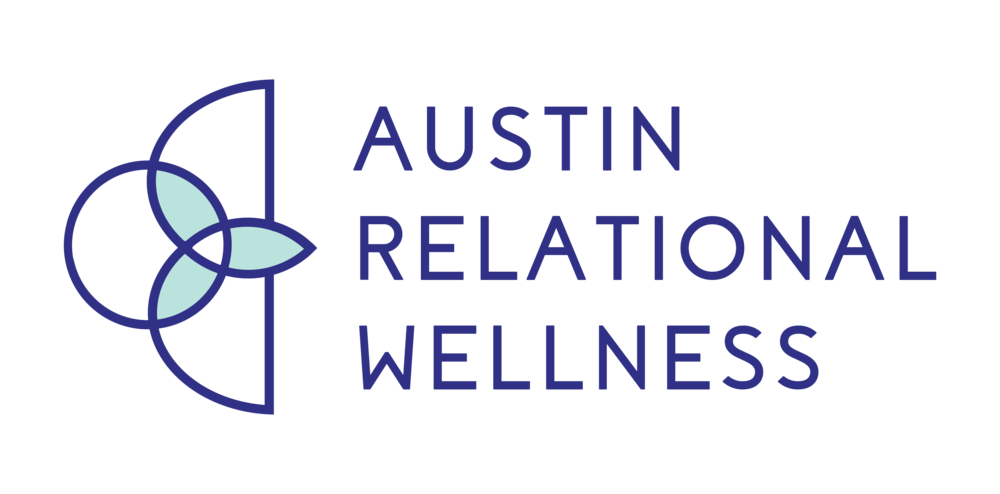In this final post of our blog series, we’ll explore gridlocked problems – types of perpetual problems that have the potential to cause real damage to your relationship. If you’re new to this series, go check out the previous posts on Why Couples Have the Same Arguments Over and Over Again, 3 Types of Problems Partners Face in Couples Therapy, and Will Recurring Arguments Keep Us From Having a Happy Relationship?
We will use Scenario C from this series’ original post to explore how this couple might approach a perpetual problem that has turned gridlocked:
Kate and Danny have been married for six years. They are currently in an argument over Danny’s lack of attention to their yard. When they got married, they discussed that Kate would be in charge of most of the indoor chores and Danny would be responsible for everything outside, including the yard. Kate refers to herself as a ‘recovering perfectionist’, and she takes pride in the tidy home she keeps. When she started dating Danny, she noticed that he was messier than she was, but she decided that if she took over the home and Danny could just keep up the yard, she’d be able to tolerate their differences in how they organize things. Danny feels the yard looks fine, and compared to the other yards in their neighborhood, the time he spends on the yard work is adequate. In his mind, their yard doesn’t look as bad as the other yards in the neighborhood, and he feels Kate is overreacting.
In The Seven Principles of Making Marriage Work, Dr. John Gottman and Nan Silver explain that perpetual problems can morph into gridlocked problems when a couple becomes frustrated with the repeated cycling of the same argument and they don’t see any progress towards a solution. Couples experience this type of argument in a particularly painful way since it is characteristically steeped with criticism and feelings of rejection by your partner. Kate and Danny’s scenario illustrates how their argument has turned into one where they both feel judged and rejected by each other.
The scenario notes that Kate voices her displeasure with Danny by calling him lazy and worthless; Danny responds by withdrawing, refusing to discuss the issue, and disconnecting from Kate – neither partner is making an effort to understand why the other has become so upset. In gridlocked problems, there are usually personal dreams of one or both partners that are being unfulfilled. Unless an effort is made to uncover these, no progress will be made to manage the disagreement.
So, how do they solve this issue? Each partner could explore any hidden dreams they have within the gridlocked conflict. Kate’s dream may be that she wants to feel prioritized in her relationship or that she wants to feel a sense of order at home. Danny’s dream may be to feel a consistent sense of autonomy in a relationship or feel that he’s able to relax and not have things look perfect. After exploring these dreams for themselves, Kate and Danny could then share these desires with each other, refraining from using criticism of each other’s deeper story.
Since research shows that most of all marital problems are perpetual problems, meaning they will recur, even healthy relationships will experience the same arguments over and over again. I hope this series has helped to show you how to identify and manage solvable, perpetual, and gridlocked problems.
If you feel you and your partner could benefit from a little extra help navigating your own marital problems, couples therapy or marriage counseling can help. Your couples therapist can guide you in communicating and understanding one another on deeper levels to increase your connection for a stronger, more fulfilling relationship.
Article by Lindsay Poth, MA, LMFT Associate






































































